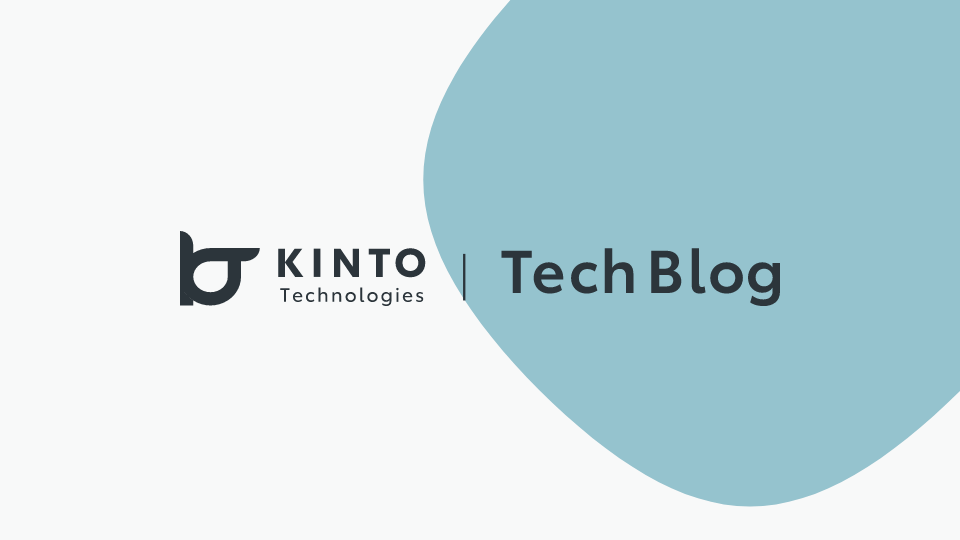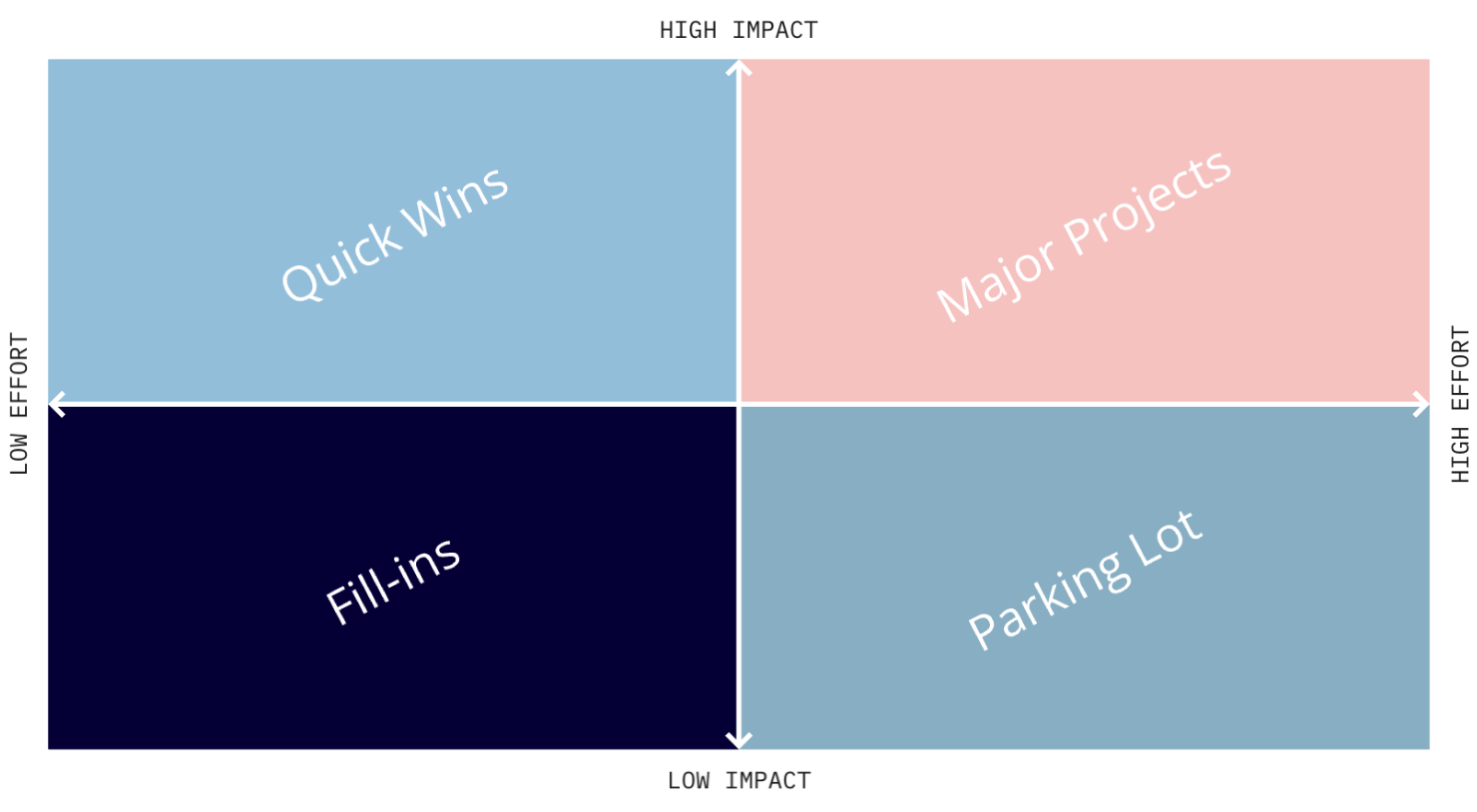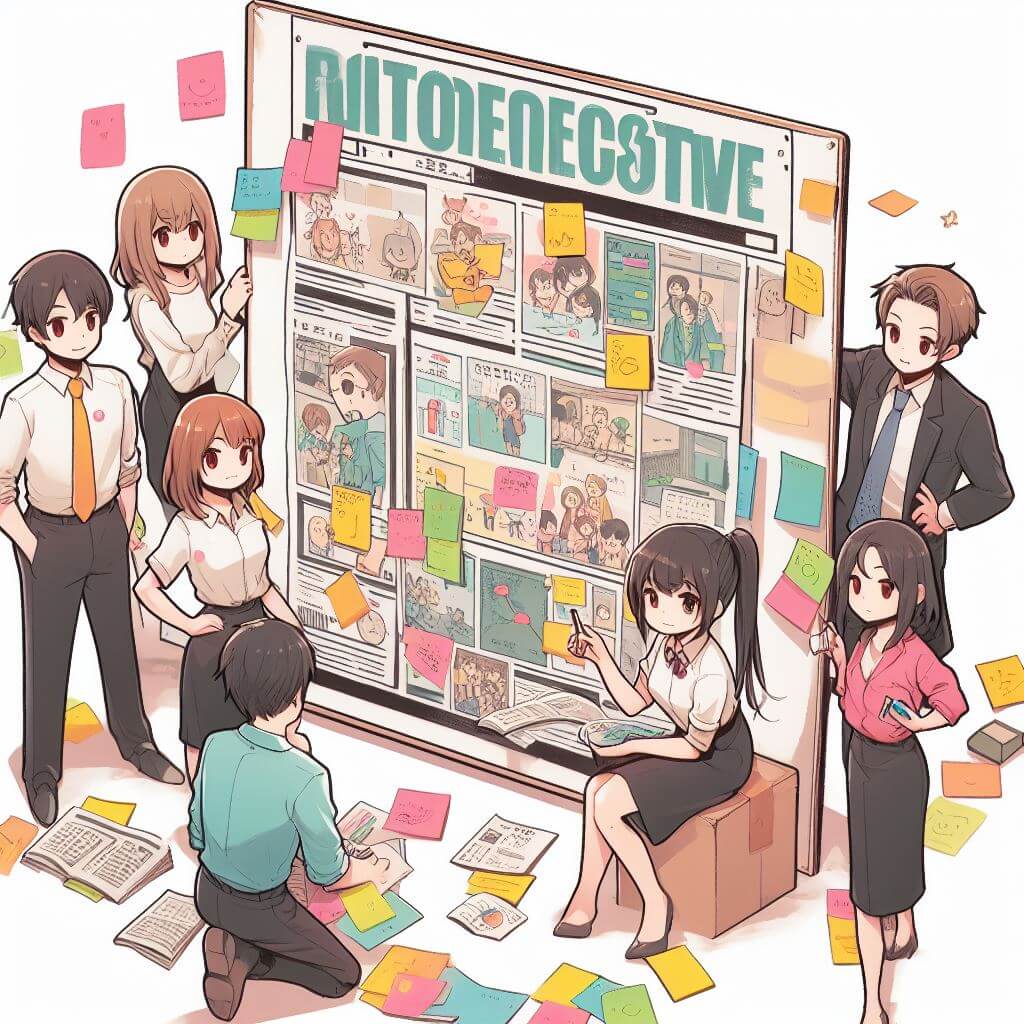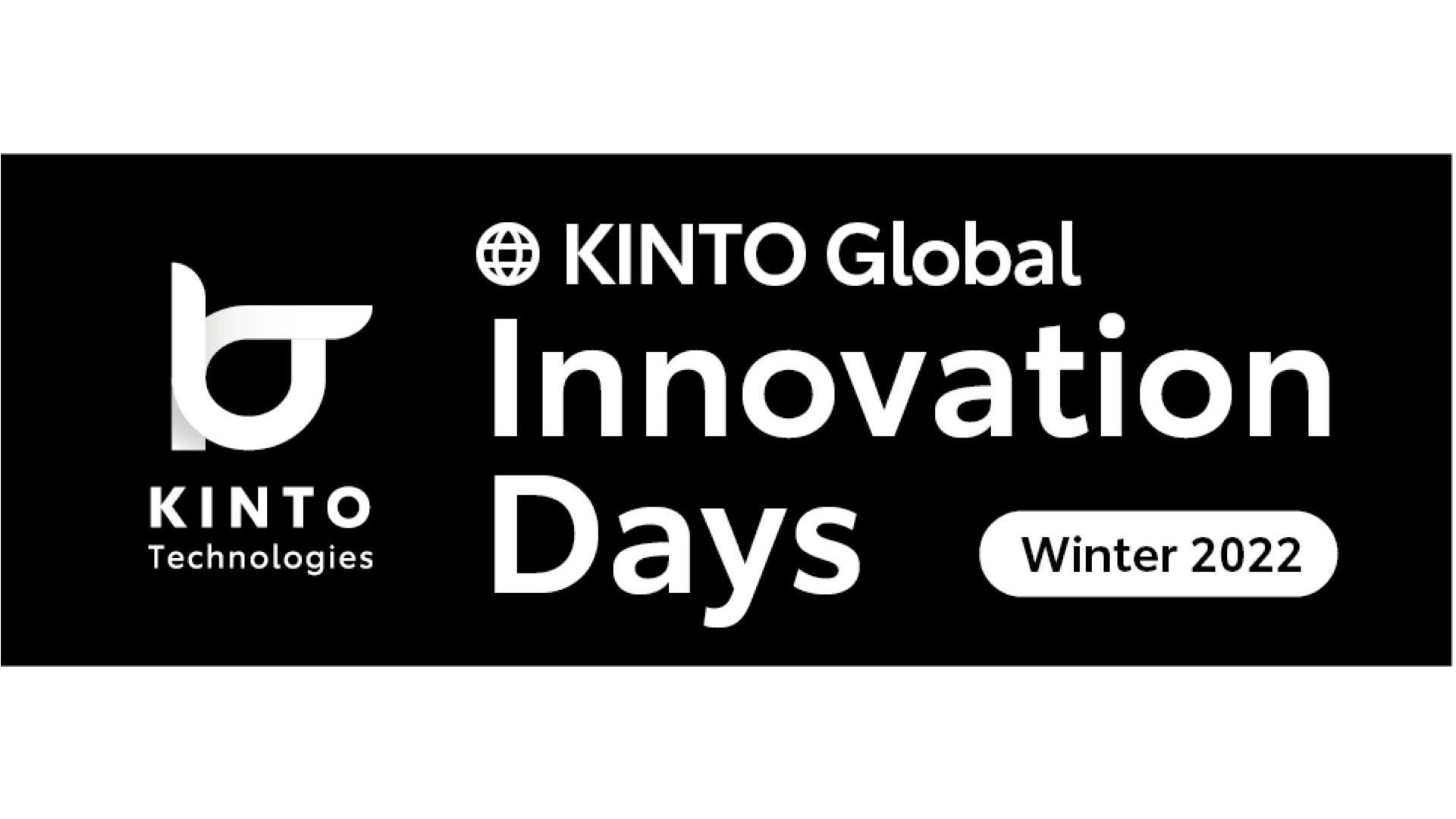Impact Effort Matrix(インパクト・エフォートマトリックス)を使って社内交流を実践してみた

この記事は KINTOテクノロジーズアドベントカレンダー2024 の20日目の記事です🎅🎄
Impact Effort Matrix(インパクト・エフォートマトリックス)を使って社内交流を実践してみた
こんにちは、KINTO テクノロジーズの技術広報グループに所属しているMayaと木下です。
はじめに
私たちは過去に神保町で社内交流会を開催し、オフィス内の交流不足を解消し、チーム間のつながりを強化することを目指しました。
実施したときの記事はこちら↓
このイベントでは、企画段階にImpact/Effort Matrix(インパクト・エフォートマトリックス)を活用して、催しの内容を決定しました。
これにより、イベントを盛り上げるためのアイデアを整理し、タスクの優先順位を明確にすることができました。
その結果、複数回のイベントをスムーズに運営することができました。
この記事では、その時の経験を基に、Impact/Effort Matrixを用いたイベントの企画・実践、振り返りまでのアプローチを紹介します。
本記事が、読者の皆さんのプロジェクトやイベント計画に役立てば幸いです。
ぜひ、最後までお楽しみください。
Impact/Effort Matrixについて
Impact/Effort Matrix(インパクト・エフォートマトリックス)は、プロジェクトやタスクの優先順位を効率的に決定するためのシンプルかつ効果的なツールです。
このマトリックスは、タスクやアイデアを 「成果(Impact)」 と 「労力(Effort)」 の2軸で分類することで、どの項目にリソースを集中させるべきかを視覚的に判断できます。
基本構造
Impact/Effort Matrix は4つの象限で構成されます:
-
Quick Wins(すぐに実行すべきタスク)
- 高い成果をもたらし、必要な労力が少ないタスク
- 優先的に取り組むべきです
-
Major Projects(戦略的に取り組むべきタスク)
- 高い成果が期待できるが、労力も多く必要なタスク
- リソース計画が重要になります
-
Fill-ins(余裕があるときに実施するタスク)
- 労力が少なく成果も小さいタスク
- 優先順位は低めです
-
Parking Lot(避けるべきタスク)
- 成果が低く、労力が多いタスク
- 基本的に取り組むべきではありません

さらに詳しくは Miroのテンプレート説明ページ をご参照ください。
なぜ導入したのか
第1回目の神保町共有会開催後、それなりに良い感想をいただくことができました。
しかし、参加者全員が一体感を持てているわけではなかったため、もっと「ワイワイ感」を出すにはどうすればいいのか?というブレインストーミングをしたかったのです。
運営メンバーで議論し合いながら、目指す目的を明確にし、やるべきタスクとやらないタスクを選定しました。
そして、優先順位をメンバーで共有するための適切な手法を探している中、メンバーが過去に利用経験のあるImpact/Effort Matrixを用いることにしました。
活用して感じたメリット
- 優先順位付けが明確になる:
- 4象限に相対的に全ての課題を配置するので、議論を進め、付箋を並べるにつれて、優先するべきタスクが視覚的に浮き上がってくる
- 容易に共有でき、全員の理解が一致しやすい:
- 上記の延長線ではありますが、何を優先すべきかを議論するきっかけにもなるため、認識をチームで合わせる時間になります
- 全員のコンセンサスを得ながら進めるため、コミットメントも高く、全員が自分ごとと捉えて進めやすい
- チームのリソースを最適化できる:
- 次のアクションへも全員が納得する落とし込みにもつながるため、出戻りの発生を防げます
苦労したところ・工夫したところ
よくある話ではありますが、一番チームで苦労したところは意思決定の部分でした。
2回実施したImpact/Effort Matrixの初回では、意見や共通認識の課題が多く出たものの、その情報をどう整理し、次のイベントの改善に繋げるかのコンセンサスに至るまでたくさん議論を重ねる必要がありました。
整理した内容の粒度がバラバラで、やりたいことのスコープも広かったため、思うように成果を出せませんでした。
2回目では、上記の経験を踏まえて課題の粒度を揃え、目的を明確にし、スコープを絞ることで、より具体的な結果を得ることができました。
メンバーの理解が深まり、プロセスをスムーズに進めることができました。
イベントの方向性をより具体化することができて、二回目も無事に成功し、神保町共有会の三回目に向けたアクションプランを策定し、Jiraボードでタスクを見える化しました。
この時、新しいメンバーが数名加わり、初めてIEMを体験する人たちでした。
未経験者を多く含む状況ながらも、これまでの経験からスムーズに進行することができ、三回目の神保町共有会を盛り上げることができました。
Impact/Effort matrixやってみての感想
Impact/Effort Matrixの手法を理解しても、実際に自分たちの状況に当てはめて実践しようとすると、最初は本当にこれで良いのかと迷うことがあり、チーム全体に不安が広がることもありました。
しかし、違和感を覚える点や改善すべき点について、皆が意見を出し合い、それを尊重し合うことで、私たちは様々なアイデアを整理し、どのタスクを優先すべきかを明確にすることができました。
このImpact/Effort Matrixの手法が上手く機能するまでの過程では、意見の対立もありましたが、それぞれのアイデアを客観的に評価することで、全員が納得できる形で進めることができました。
イベントに向けて準備が進むにつれ、チームとしての一体感が高まり、最終的には社内交流会の参加者から高い評価を得ることができました。
終わりに
今回の記事では、神保町での社内交流会を例に、Impact/Effort Matrixを活用したイベントの企画・実践、振り返りのアプローチをご紹介しました。
初めは手探りで不安もあり、うまくできているのか自信が持てない部分もありましたが、何度か実践を重ねる中で次第に慣れ、運営メンバーが途中で増えたにもかかわらず、スムーズに運営できるようになりました。
この手法が、皆さんのプロジェクトやイベントの成功に役立つことを願っています。 皆さんのプロジェクトやイベントの参考になれば幸いです。
KINTO テクノロジーズでは、一緒に働く仲間を広く募集しています。
ご興味を持たれた方は、ぜひお気軽にご連絡ください。お待ちしております!
関連記事 | Related Posts

Impact Effort Matrix(インパクト・エフォートマトリックス)を使って社内交流を実践してみた

Which Agile Milestone Are We at Now?

KINTO Global Innovation Days (Event Planning and Preparation)

Hosting a Hybrid IT Event: Connecting External Attendees and In-House Teams On-Site and Online

Revitalizing Retrospectives Through Professional Facilitators

Scrum Kaizen Through Charts
We are hiring!
【UI/UXデザイナー】クリエイティブ室/東京・大阪・福岡
クリエイティブGについてKINTOやトヨタが抱えている課題やサービスの状況に応じて、色々なプロジェクトが発生しそれにクリエイティブ力で応えるグループです。所属しているメンバーはそれぞれ異なる技術や経験を持っているので、クリエイティブの側面からサービスの改善案を出し、周りを巻き込みながらプロジェクトを進めています。
【PjM】KINTO開発推進G/東京
KINTO開発部 KINTO開発推進グループについて◉KINTO開発部 :58名 - KINTOバックエンドG:17名 - KINTO開発推進G:8名★ ←こちらの配属になります - KINTOフロントエンドG:19名 - KINTOプロダクトマネジメントG:5名 - KI...
